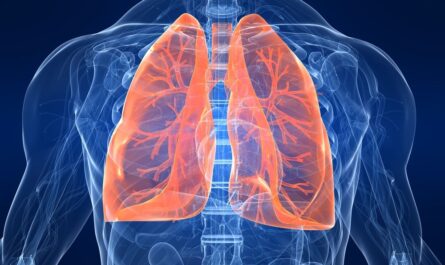A new study led by researchers at Griffith University has revealed that pollution can exacerbate the female-biasing effect of rising global temperatures on green sea turtles. The findings, published in Frontiers in Marine Science, suggest that exposure to heavy metals cadmium and antimony, as well as certain organic contaminants, can cause feminization of embryos in green sea turtles, a species already at risk of extinction due to a shortage of male hatchlings.
Green sea turtles, listed as endangered on the IUCN Red List of Threatened Species, face numerous threats including poaching, collisions with boats, habitat destruction, and accidental capture in fishing gear. However, climate change poses an additional, more insidious threat. Sea turtle embryos develop their sex based on temperature, with higher temperatures resulting in a higher proportion of female hatchlings. In the northern part of the Great Barrier Reef, for instance, hundreds of females are born for every male.
The researchers found that the risk of extinction caused by the lack of male green sea turtles could be compounded by contaminants that affect the sex ratio of developing turtles, favoring females. Dr. Arthur Barraza, a researcher at the Australian Rivers Institute at Griffith University and one of the study’s authors, explained that the effects of pollution on green sea turtle development were studied at a monitoring site on Heron Island, located in the southern Great Barrier Reef. The site sees an annual influx of between 200 and 1,800 female turtles coming to nest.
The sex ratio on Heron Island is currently more balanced compared to regions closer to the equator, with two to three female hatchlings for every male. However, the researchers discovered that most nests produced predominantly female hatchlings, and the greater the amount of estrogenic trace elements like antimony and cadmium in the hatchlings’ liver, the stronger the female bias within the nest.
Dr. Jason van de Merwe, a marine ecologist and ecotoxicologist at the Australian Rivers Institute, pointed out that these contaminants, including metals and organic substances like polycyclic aromatic hydrocarbons (PAHs), polychlorinated biphenyls (PCBs), and polybrominated diphenyl ethers (PBDEs), act as xenoestrogens, which mimic the function of the hormone estrogen. Female turtles accumulate these contaminants at foraging sites and transfer them to their eggs, where they can remain in the embryos’ livers for years after hatching.
The researchers emphasized the importance of understanding which specific compounds can alter hatchling sex ratios in order to develop strategies to prevent further feminization of sea turtle populations. Most heavy metals originate from human activities such as mining, runoff, and general urban waste. Therefore, implementing science-based long-term strategies to reduce ocean pollution is crucial.
As the sex ratio of green sea turtles becomes increasingly skewed towards females, it becomes more challenging for adult females to find mates. This is particularly concerning given that nesting beaches are already becoming warmer and more female-dominated due to climate change.
The study highlights the need to address pollution as a major threat to endangered turtle populations. By taking proactive measures to reduce pollutants entering our oceans, we can protect these majestic creatures and help maintain a healthy balance in their populations.
*Note:
1. Source: Coherent Market Insights, Public sources, Desk research
2. We have leveraged AI tools to mine information and compile it




